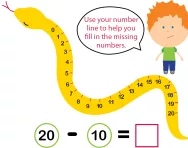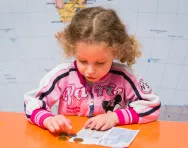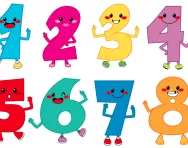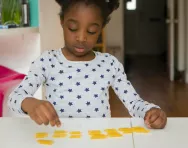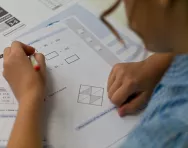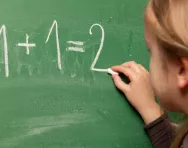TheSchoolRun.com closure date
As we informed you a few months ago, TheSchoolRun has had to make the difficult decision to close due to financial pressures and the company has now ceased trading. We had hoped to keep our content available through a partnership with another educational provider, but this provider has since withdrawn from the agreement.
As a result, we now have to permanently close TheSchoolRun.com. However, to give subscribers time to download any content they’d like to keep, we will keep the website open until 31st July 2025. After this date, the site will be taken down and there will be no further access to any resources. We strongly encourage you to download and save any resources you think you may want to use in the future.
In particular, we suggest downloading:
- Learning packs
- All the worksheets from the 11+ programme, if you are following this with your child
- Complete Learning Journey programmes (the packs below include all 40 worksheets for each programme)
You should already have received 16 primary school eBooks (worth £108.84) to download and keep. If you haven’t received these, please contact us at [email protected] before 31st July 2025, and we will send them to you.
We are very sorry that there is no way to continue offering access to resources and sincerely apologise for the inconvenience caused.
Reception maths: what your child learns
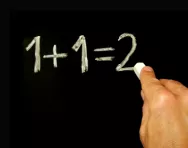
In Reception, children will be working with numbers every day, in a range of different ways.
They will be using familiar objects to help them learn about how numbers are used in everyday life, and they will also be linking numbers to topic work; for example, if they are learning about dinosaurs they could be making dinosaur pictures out of shapes. They will be encouraged to be curious and explore numbers.
They will be playing number games, singing counting songs, making models and using the role-play area, as well as being introduced to the ideas of addition and subtraction. At home, try to talk about numbers – it’s important for children to see just how much maths is used in everyday life.
Reception maths – your child will be:
Numbers as labels and for counting
- Counting up to ten and beyond, using cardinal numbers
- Recognising the numbers 1 to 9
- Counting aloud in ones, twos, fives, tens
- Estimating a number of objects and checking by counting
- Matching and comparing the number of objects in two groups
- Counting out a number of objects from a larger group
- Positioning items according to their place in a group using ordinal numbers (first, second, third, etc.)
Calculating
- Using a number line to count on and back
- Finding one more or one less than a number from 1 to ten
- Sharing objects into equal groups and counting how many are in each group
- Understanding that ‘addition’ means combining and ‘subtraction’ means taking away
- Finding the total number of items in two groups by counting them all
- Comparing numbers and recognising which is ‘more’ or ‘less’
Shape, space and measures
- Comparing quantities and using words such as ‘greater’, ‘smaller’, ‘heavier’ or ‘lighter’
- Recognising and creating their own simple patterns
- Naming and describing the shape and size of solid (3D) and flat (2D) shapes
- Using everyday words to describe the position of objects
- Sorting familiar objects and describing their differences and similarities
- Making patterns and building models
- Putting two or three items in order, according to their length or weight
- Matching shapes and patterns
- Building on a basic understanding of time: putting familiar events in sequence; measuring time, using a sand-timer
Try this at home
- Practise counting – you can do this anywhere: count toys, books, how many buses you see when you go out
- Play hide and seek – again, good practice for counting
- Save your cereal boxes and cardboard tubes for making models. Your child will think they’re making a castle; you’ll know they’re learning about shapes!
- Do a jigsaw together – a fun way to develop spatial awareness and matching skills
- Play card games – even a simple game of snap helps to develop number recognition
- Have a teddy bears’ picnic: count out toys, place settings, and share out the cakes
- Put up a height chart and mark each member of the family's height
- At bathtime, play with different-sized containers
Help consolidate your child's learning with some Reception maths worksheets and activities, and try some easy ways to engage your child with maths every day at home.
Check your Reception child's progress in maths with our free Reception maths Progress checks, three mini-tests for the autumn, spring and summer terms.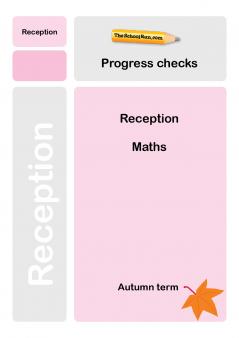
Explore the Reception English & Maths Learning Journey programmes.
